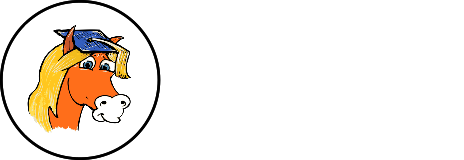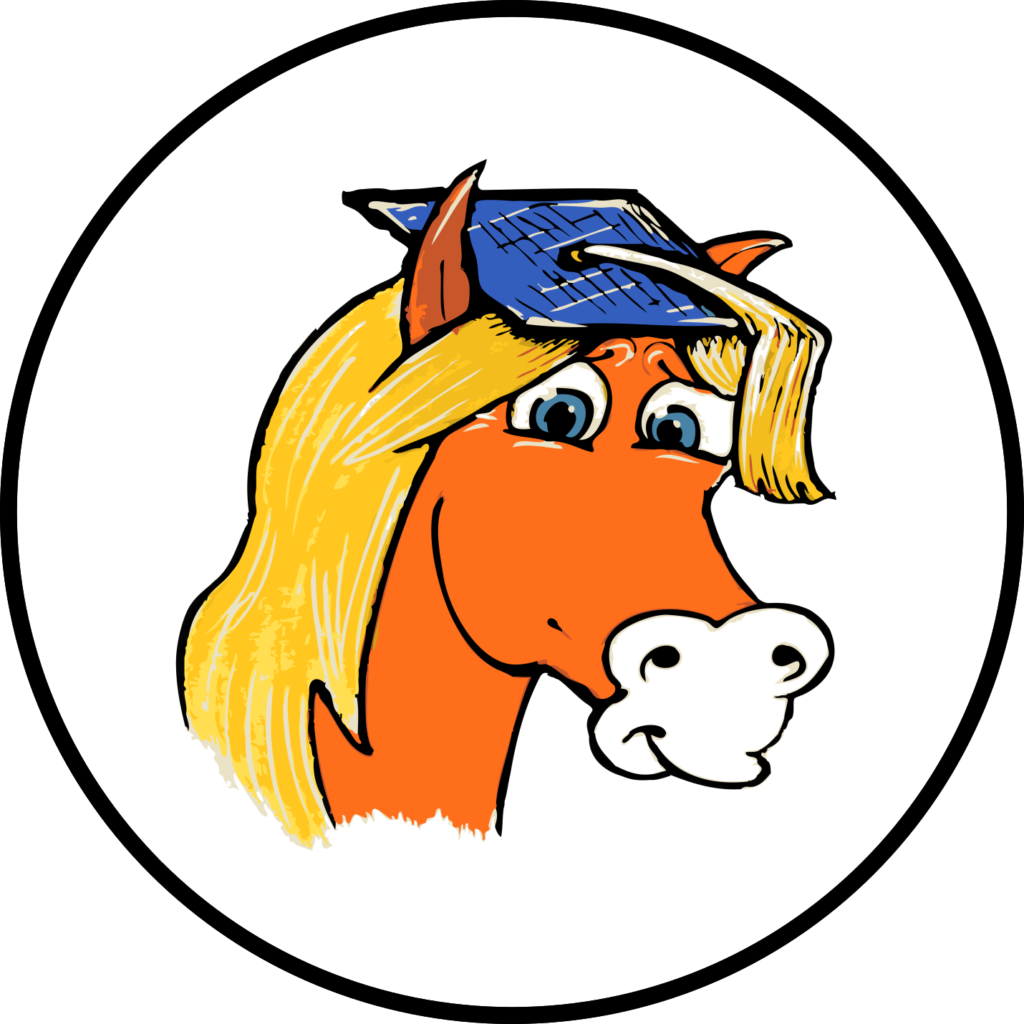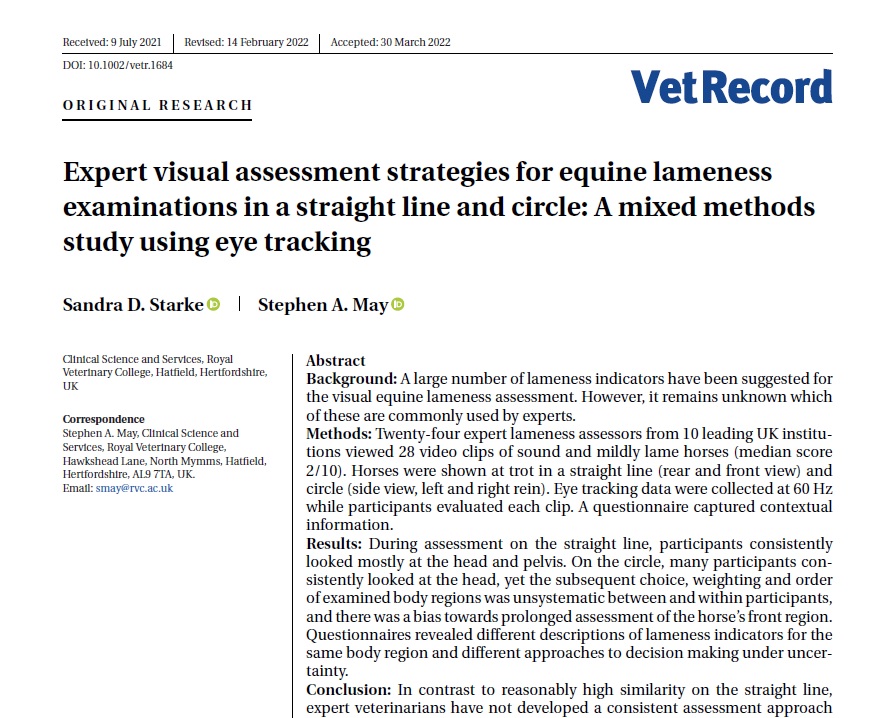It has been a while since Sandra undertook the mammoth task of travelling around the country with a portable eye tracker, but the work is now published by the Veterinary Record. Like all the other papers, we very much hope that practitioners, students and scientists will find this paper useful – if nothing, to compare their own approaches. As usual, the paper is available FOR FREE (open access!) here at VetRec: https://bvajournals.onlinelibrary.wiley.com/doi/10.1002/vetr.1684.
ABSTRACT
Background
A large number of lameness indicators have been suggested for the visual equine lameness assessment. However, it remains unknown which of these are commonly used by experts.
Methods
Twenty-four expert lameness assessors from 10 leading UK institutions viewed 28 video clips of sound and mildly lame horses (median score 2/10). Horses were shown at trot in a straight line (rear and front view) and circle (side view, left and right rein). Eye tracking data were collected at 60 Hz while participants evaluated each clip. A questionnaire captured contextual information.
Results
During assessment on the straight line, participants consistently looked mostly at the head and pelvis. On the circle, many participants consistently looked at the head, yet the subsequent choice, weighting and order of examined body regions was unsystematic between and within participants, and there was a bias towards prolonged assessment of the horse’s front region. Questionnaires revealed different descriptions of lameness indicators for the same body region and different approaches to decision making under uncertainty.
Conclusion
In contrast to reasonably high similarity on the straight line, expert veterinarians have not developed a consistent assessment approach when evaluating horses on the circle. The reliability of various lameness indicators on the circle requires a stronger evidence base for a more systematic, repeatable approach.


